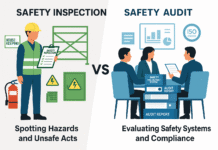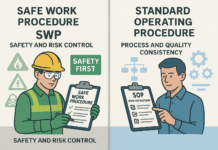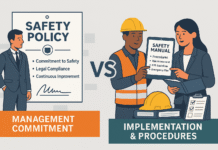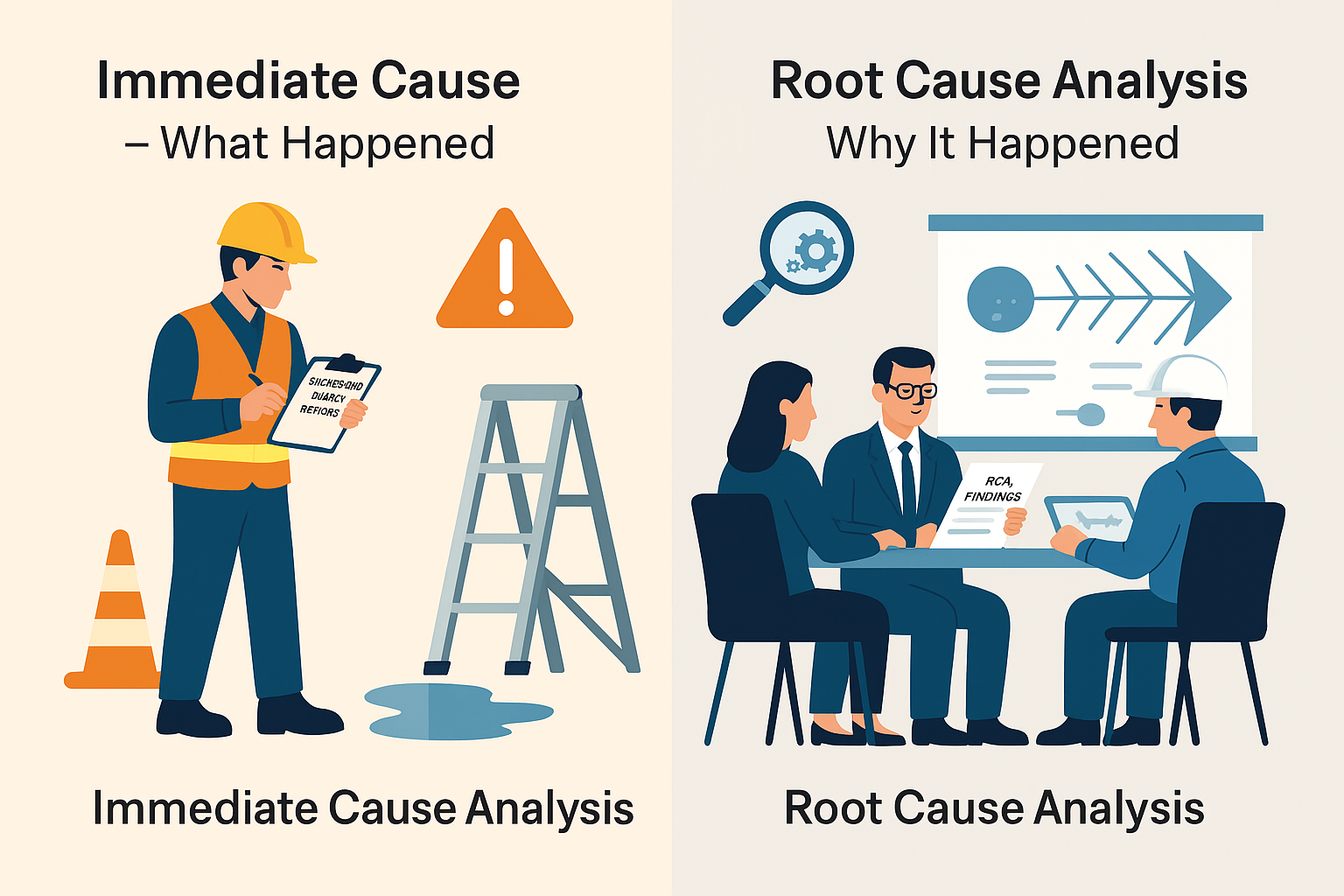
HSE Compliance Checklist: Safeguarding Workplaces and Ensuring Safety
Ensuring a safe and compliant workplace environment is a crucial aspect of modern business operations. High standards of Health, Safety, and Environment (HSE) compliance not only protect employees and stakeholders but also uphold legal regulations and foster organizational credibility.
Introduction to HSE Compliance
In any industry, prioritizing HSE compliance is non-negotiable. The commitment to adhering to Health, Safety, and Environment guidelines is fundamental, contributing to the well-being of employees, minimizing risks, and maintaining ethical practices. Understanding the essence of HSE compliance ensures a foundation for a secure work environment and sustainable operations.
Understanding HSE Compliance Checklist
An HSE compliance checklist serves as a structured guide that outlines necessary safety measures, protocols, and regulatory requirements for a particular industry or workplace. This checklist encompasses a range of aspects, from risk assessments to safety protocols, tailored to ensure comprehensive compliance.
Benefits of Using an HSE Compliance Checklist
Implementing an HSE compliance checklist yields multifaceted advantages. It significantly enhances workplace safety, reduces incidents, and ensures regulatory adherence, thereby preventing costly penalties and legal repercussions.
Creating an Effective HSE Compliance Checklist
Crafting an efficient checklist involves meticulous analysis of industry-specific risks and engaging stakeholders in the process. Collaborative efforts ensure a comprehensive checklist that addresses potential hazards and fosters a culture of safety.
Implementing and Monitoring HSE Compliance
Executing the checklist involves robust training programs and consistent monitoring. Regular audits and evaluations guarantee ongoing compliance and identify areas for improvement, ensuring a proactive approach to safety measures.
An HSE (Health, Safety, and Environment) compliance checklist typically includes various aspects to ensure adherence to regulations and standards. Here's a general checklist that might help:- Risk Assessment:
- Have risks in the workplace been identified and assessed?
- Are control measures in place to mitigate these risks?
- Health and Safety Policies:
- Are health and safety policies clearly defined and communicated?
- Have employees been trained on these policies?
- Emergency Procedures:
- Are emergency procedures documented and easily accessible?
- Have employees been trained on emergency protocols?
- Workplace Inspections:
- Are regular inspections conducted to identify hazards?
- Are corrective actions taken for any identified issues?
- Personal Protective Equipment (PPE):
- Is the necessary PPE provided and used correctly?
- Are employees trained on the proper use of PPE?
- Training and Education:
- Have employees received adequate HSE training?
- Is there ongoing education on health and safety practices?
- Incident Reporting and Investigation:
- Is there a system in place for reporting incidents?
- Are incidents thoroughly investigated to prevent recurrence?
- Compliance with Regulations:
- Are all HSE regulations and legal requirements met?
- Are records maintained to demonstrate compliance?
- Environmental Considerations:
- Are there measures in place to minimize environmental impact?
- Is waste management handled in accordance with regulations?
- Communication and Consultation:
- Is there effective communication regarding health, safety, and environmental matters?
- Are employees involved in decision-making processes regarding HSE issues?
Remember, this checklist might vary depending on the industry, location, and specific regulations applicable to your organization. Regular reviews and updates to this checklist are essential to ensure ongoing compliance and the safety of the workplace.Technology’s Role in HSE Compliance
The integration of technology has revolutionized HSE compliance. Software solutions and automation streamline processes, enhancing efficiency and accuracy in compliance management.
Challenges in HSE Compliance
Despite its significance, HSE compliance encounters challenges such as resistance to change and the dynamic nature of regulations. Overcoming these hurdles requires strategic planning and a commitment to continuous improvement.
Case Studies Demonstrating Effective HSE Compliance
Examining successful implementations across industries provides invaluable insights. These case studies showcase best practices and lessons learned, serving as inspiration for enhancing HSE compliance strategies.
The Future of HSE Compliance
Looking ahead, the future of HSE compliance lies in embracing sustainability, innovation, and predictive measures. Advancements in technology and a proactive approach to evolving regulations will redefine HSE practices.
Conclusion
Prioritizing HSE compliance through effective checklists and proactive measures ensures a safer and more resilient workplace. Embracing technological advancements and proactive strategies will be pivotal in shaping the future of HSE compliance, safeguarding both people and businesses.
HSE Legal and Other Requirements
HSE LEGAL Compliance Documents
How to Write Standard Operating Procedure
7 Steps of Standard Operating Procedure
FAQs
- Why is HSE compliance crucial for businesses? HSE compliance ensures the safety and well-being of employees, minimizes workplace hazards, maintains legal adherence, and upholds the company’s reputation.
- How often should HSE compliance checklists be reviewed? Regular reviews are essential. Typically, quarterly reviews are recommended, but the frequency may vary based on changes in regulations or workplace conditions.
- What role does employee training play in HSE compliance? Employee training is pivotal in fostering awareness, understanding safety protocols, and ensuring active participation in maintaining a safe work environment.
- Can technology fully automate HSE compliance? While technology significantly streamlines processes, complete automation may not be feasible due to the need for human judgment and adaptability to dynamic situations.
- What are the key components of a robust HSE compliance checklist? A robust checklist includes risk assessments, safety protocols, emergency response plans, regular inspections, employee training, and ongoing evaluation mechanisms.
























